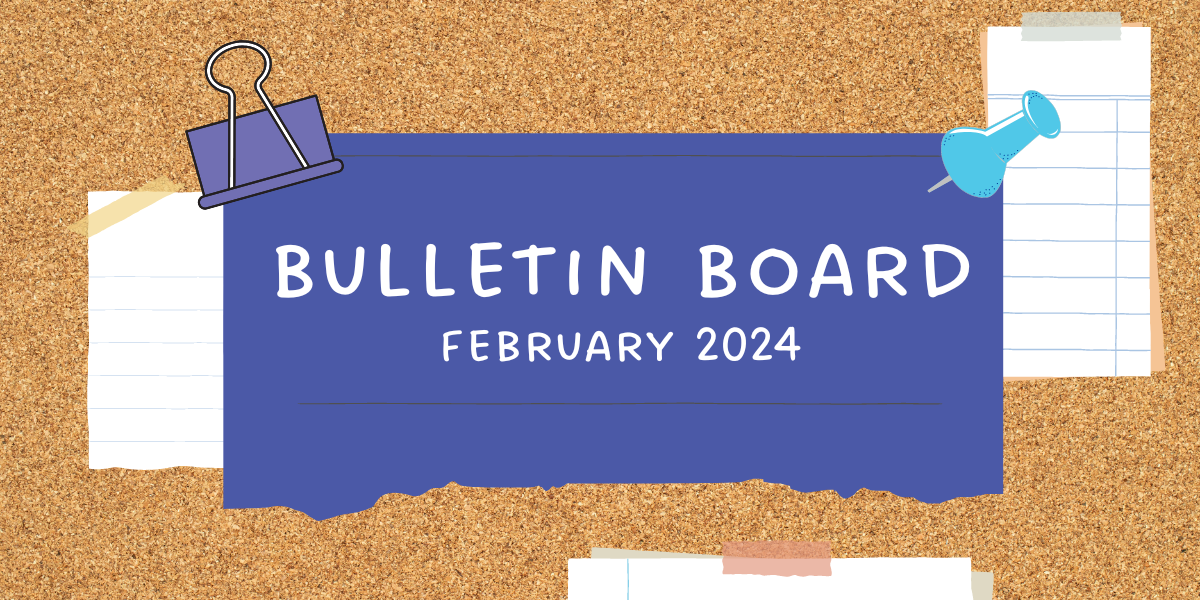
Engaging students with their academic library can sometimes be a challenge, but library staff at UNC Wilmington have found a creative solution. We spoke to Humanities Librarian Eva Sclippa about the library's FlashLIT contest, which invites students to submit creative writing about the library around a theme. Sclippa told us about how the program connects student artists and gets them excited about engaging with the library.
What is the FlashLIT contest?
FlashLit is a celebration of student writing and art! Students have two weeks to write a short-form creative work in any genre—fiction, non-fiction, poetry, etc. A panel of judges selected for their interest in that year’s theme then selects the top three winners, as well as all the honorable mentions. The pieces by the winners and honorable mentions are shared with students in a Digital Illustration course, who work in turn to create illustrations of each writing piece. The student writing and art are all printed together in an annual anthology, and authors and artists get to meet each other and pick up their copies at our April reception and reading.
What kinds of themes/prompts have you offered students in the past?
The last several years, we’ve worked to tie our FlashLit event themes to that year’s Big Read program! The Big Read is an event in which multiple institutions across a community all develop events and programming around a central shared book. Last year’s theme was “Generations,” inspired by Yaa Gyasi’s novel Homegoing; the year prior, our theme of “Home” was in response to the Big Read selection of The House on Mango Street by Sandra Cisneros. Other themes have run the gamut, from “Water” to “Propaganda” to “Feast or Famine.”
This year, we’re very excited to announce that our theme is “The End!” This theme touches on ideas of endings and apocalypses in dialogue with Andrew Krivak’s The Bear, but it also welcomes content that relates to human relationships with the natural world or with animals, traditional skills and ways of knowing, and Edenic post-apocalypse.
Many academic libraries are looking for creative ways to engage with students. What benefits does a writing contest offer in terms of marketing the library?
Well, we cheat a little bit in some ways, since one requirement for our entries is that they relate to the library in some way—but I definitely wouldn’t describe that as the primary benefit! To me, the big benefit is about connecting with and supporting multiple different student populations. For the writers who enter the contest and will see their work illustrated, and for the illustrators who get to see their work in print, there’s a lot of intrinsic excitement to the program. There’s always value in the library and librarians being the people behind an exciting project that centers student work and ideas.
How did you decide on the right length and timeline for submissions? What factors did you consider when you created the rules?
A lot of this is inherited. As far as the rules, so I can’t claim credit for or speak to their origins. But we did recently (within the last few years) adjust the timeline. FlashLit originally provided students with one week to write their shortform fiction, inspired by things like 48 hour film festivals. After speaking with folks in Creative Writing, we learned students were interested in having a longer time period, so we expanded to two weeks—something that hopefully keeps it a quick, light, flexible experience, but not quite as rushed as one week!
Is there a prize for winning the FlashLIT contest? What can students win?
Yes! First, second, and third place winners receive $200, $150, and $100, respectively.
What kind of feedback have you gotten about the contest?
Generally positive! I think my favorite feedback is from the student authors and artists at the event as they talk about the excitement of being recognized, and of meeting the person whose work they illustrated (or who illustrated their work).